Discover FYI - For Your Innovation
FYI - For Your Innovation

FYI - For Your Innovation
Author: ARK Invest
Subscribed: 2,900Played: 106,048Subscribe
Share
© Copyright 2025 FYI - For Your Innovation
Description
The FYI - For Your Innovation Podcast offers an intellectual discussion on recent developments across disruptive innovation—driven by research, news, controversies, companies, and technological breakthroughs. Hosted by ARK Invest, ARK and guests provide a unique perspective on how to best understand disruptive innovation.
374 Episodes
Reverse
In this episode, Brett Winton and Lorenzo sit down with Carlos Domingo, CEO and co-founder of Securitize, to explore how blockchain infrastructure is transforming capital markets. As a pioneer in the tokenization space, Carlos unpacks what it means to issue native securities—like stocks, bonds, and credit funds—on chain and why the modernization of legacy financial systems is long overdue. Carlos details Securitize’s role as a registered transfer agent and broker-dealer, their regulatory journey with the Securities and Exchange Commission (SEC), and why native tokenization (not synthetic derivatives) is essential for future growth. They discuss the promise of 24/7 trading, peer-to-peer transfers, composability with decentralized finance (DeFi) protocols, and the global democratization of financial access—especially in markets underserved by traditional systems. The episode also dives into the tension between blockchain-native systems and financial incumbents, the logic behind Securitize’s decision to go public via a special purpose acquisition company (SPAC), and the asset classes best suited for tokenization—from treasuries to public equities and beyond.Key Points From This Episode:(00:00:00) Why capital markets need a blockchain-based ledger upgrade(00:05:46) How tokenization improves global accessibility and financial user experience(00:07:35) Real-world examples: Tokenized treasury and credit funds(00:10:29) Understanding how ownership works: DTCC, transfer agents, and blockchain(00:17:08) Global appetite for tokenized stocks, following stablecoin adoption(00:18:24) Tokenizing private equity and venture capital for broader access(00:25:34) How Securitize tokenizes assets the right way—with issuer involvement(00:28:55) Regulatory clarity accelerates tokenization adoption(00:30:08) Open blockchain infrastructure unlocks composability and innovation(00:35:50) Where Securitize fits in the capital markets stack(00:37:13) Projecting tokenized assets: From $4.6B to $200B assets under management (AUM)(00:39:46) Why Securitize stays blockchain-agnostic despite protocol growth
In this episode of The Brainstorm, we delve into the groundbreaking advancements in gene editing, focusing on its potential to transform healthcare. We explore the shift from treating rare diseases to tackling common killers like cardiovascular disease, and discover how CRISPR technology is paving the way for a new era in medical treatment.If you know ARK, then you probably know about our long-term research projections, like estimating where we will be 5-10 years from now! But just because we are long-term investors, doesn’t mean we don’t have strong views and opinions on breaking news. In fact, we discuss and debate this every day. So now we’re sharing some of these internal discussions with you in our new video series, “The Brainstorm”, a co-production from ARK and Wolf.financial, and sponsored by Public. Tune in every week as we react to the latest in innovation. Here and there we’ll be joined by special guests, but ultimately this is our chance to join the conversation and share ARK’s quick takes on what’s going on in tech today.Key Points From This Episode:CRISPR-based gene editing is moving from treating rare diseases to addressing common conditions like cardiovascular disease.The transition from ex vivo to in vivo gene editing could simplify treatment processes significantly.Lipid nanoparticle delivery is a key advancement enabling in vivo gene editing.The potential market for in vivo gene editing treatments is vast, with significant implications for healthcare costs and patient outcomes.To learn more about WOLF: https://wolf.financialTo learn more about Public: https://public.com/Relevant Links:https://www.ark-invest.com/newsletters/issue-491
In this episode of The Brainstorm, we dive into the high-stakes battle between Netflix and Paramount over the acquisition of Warner Brothers, exploring the implications for the streaming industry. We also discuss Elon Musk's ambitious plans for space-based data centers and the potential impact on global technology infrastructure. If you know ARK, then you probably know about our long-term research projections, like estimating where we will be 5-10 years from now! But just because we are long-term investors, doesn’t mean we don’t have strong views and opinions on breaking news. In fact, we discuss and debate this every day. So now we’re sharing some of these internal discussions with you in our new video series, “The Brainstorm”, a co-production from ARK and Wolf.financial, and sponsored by Public. Tune in every week as we react to the latest in innovation. Here and there we’ll be joined by special guests, but ultimately this is our chance to join the conversation and share ARK’s quick takes on what’s going on in tech today.Key Points From This Episode:The episode explores the intense competition between Netflix and Paramount for the acquisition of Warner Brothers, highlighting the strategic moves and potential outcomes.Discussion centers around Elon Musk's plans for launching space-based data centers, aiming to revolutionize global data infrastructure.The conversation delves into how these acquisitions and technological advancements could reshape the streaming landscape and consumer experiences.The episode concludes with insights into the broader impact of these developments on the future of entertainment and technology sectors.To learn more about WOLF: https://wolf.financialTo learn more about Public: https://public.com/
In this episode of FYI – For Your Innovation, ARK's Brett and Lorenzo are joined by Sandeep Nailwal, co-founder of Polygon, to explore the evolving landscape of Ethereum scaling, the role of Layer 2s, and Polygon’s growing importance in Web3 infrastructure. Sandeep unpacks how Polygon transitioned from a sidechain into a comprehensive execution layer, supporting both shared and dedicated compute environments. The discussion spans Polygon's technology roadmap (including the transition to Polygon 2.0), the distinction between sidechains and L2s, and how Polygon’s AggLayer is designed to unify fragmented liquidity across custom blockchains. They also address the competitive dynamics between public blockchains and “corpo chains” like those initiated by Stripe, Circle, and Coinbase—raising questions about credible neutrality, token economics, and long-term adoption paths. Sandeep outlines Polygon's strategy of prioritizing scale before revenue, aiming to build lasting infrastructure in the face of fast-moving innovation.Key Points From This Episode:[00:00] – Intro: What are Layer 1s, Layer 2s, and sidechains?[08:00] – Why apps are moving to dedicated L2s[20:03] – What is Polygon, and why is “L2” a misnomer?[28:03] – Pitching Polygon to institutions and developers[29:01] – Competitive landscape: too many chains, not enough clarity[34:14] – Are L2s valuable businesses?[35:30] – Why usage, not fees, is Polygon’s current priority[40:46] – Corpo chains and how they leverage open infrastructure[48:41] – What success looks like for Polygon in 5 years[49:54] – Key metrics: TVL, throughput, and transaction growth[50:57] – Outro and closing reflections from Brett
Impulse Labs founder and CEO Sam D’Amico joins ARK’s Brett Winton and Sam Korus to explore how embedding batteries into appliances—starting with the humble kitchen stove—can rewire energy infrastructure from the inside out. From his time at Oculus and Google to pioneering a 10,000-watt induction cooktop, Sam shares how Impulse is building what he calls the “modern electric technology stack,” and why that could make Impulse the Tesla of home devices.Key Points From This Episode:(00:00:00) Intro(00:01:00) Why ARK is excited about Impulse Labs(00:03:20) From Oculus to appliances — Sam’s founder story(00:06:40) Why embedding batteries transforms the home(00:08:20) “The battery of things” vs. “the internet of things”(00:10:30) How induction cooking works — and what Impulse improves(00:13:30) Building a 10,000-watt coil and keeping it safe(00:17:35) Precision temperature control and AI-powered cooking(00:20:17) Using the stove’s battery as grid storage(00:23:59) How battery-backed appliances help with installation and energy resilience(00:26:30) Beyond stoves — expanding into HVAC, water heaters, laundry, and more(00:30:35) Distributed batteries vs. centralized storage(00:34:00) Infrastructure benefits from embedded storage(00:38:20) Why performance, not just sustainability, drives electrification(00:40:52) Scaling manufacturing and the factory as a product(00:44:03) KPIs: Deployed devices and battery gigawatt hours(00:47:18) Microwave experiments and future applications(00:49:17) The appliance market’s legacy and Impulse’s edge(00:51:05) The original pizza obsession that sparked the idea
In this episode of The Brainstorm, we dive into the looming threat of quantum computing on Bitcoin's security. Join Sam, Nick, Raye, and Brett as they explore the vulnerabilities in Bitcoin's network, the potential impact of quantum advancements, and the steps the crypto community must take to safeguard the future of digital currencies.If you know ARK, then you probably know about our long-term research projections, like estimating where we will be 5-10 years from now! But just because we are long-term investors, doesn’t mean we don’t have strong views and opinions on breaking news. In fact, we discuss and debate this every day. So now we’re sharing some of these internal discussions with you in our new video series, “The Brainstorm”, a co-production from ARK and Wolf.financial, and sponsored by Public. Tune in every week as we react to the latest in innovation. Here and there we’ll be joined by special guests, but ultimately this is our chance to join the conversation and share ARK’s quick takes on what’s going on in tech today.Key Points From This Episode:Quantum computing poses a significant threat to Bitcoin by potentially compromising wallet security through reverse engineering of private keys.A third of Bitcoin's total supply is vulnerable to quantum attacks, highlighting the urgent need for quantum-resistant security measures.The Bitcoin community faces challenges in reaching consensus on implementing new security protocols to counteract quantum threats.The timeline for quantum computing advancements remains uncertain, but proactive measures are essential to protect the crypto ecosystem.To learn more about WOLF: https://wolf.financialTo learn more about Public: https://public.com/
In this episode of The Brainstorm, Sam Korus, Brett Winton, Nick Grous, and Frank Downing dive into the competitive landscape of AI, exploring why Google is outpacing its rivals with the release of Gemini 3. They discuss the implications of this technological leap, the transformative potential of Nano Banana Pro, and what it means for the future of AI. If you know ARK, then you probably know about our long-term research projections, like estimating where we will be 5-10 years from now! But just because we are long-term investors, doesn’t mean we don’t have strong views and opinions on breaking news. In fact, we discuss and debate this every day. So now we’re sharing some of these internal discussions with you in our new video series, “The Brainstorm”, a co-production from ARK and Wolf.financial, and sponsored by Public. Tune in every week as we react to the latest in innovation. Here and there we’ll be joined by special guests, but ultimately this is our chance to join the conversation and share ARK’s quick takes on what’s going on in tech today.Key Points From This Episode:Google's Gemini 3 is setting new benchmarks in AI, challenging the dominance of OpenAI's models.The introduction of Nano Banana Pro marks a significant advancement in AI's ability to process and present information visually.Google's strategic integration of AI across its services is enhancing user personalization and memory capabilities.The competitive dynamics in AI are shifting, with Google leveraging its full-stack capabilities to gain an edge over competitors.To learn more about WOLF: https://wolf.financialTo learn more about Public: https://public.com/
In this episode of The Brainstorm, Sam Korus, Brett Winton, and Nick Grous dive into the current state of the market, discussing the recent downturn and its impact on major players like Bitcoin and Nvidia. They explore the narrative around AI as a potential bubble, the implications of major investors selling off their stakes, and the broader economic factors at play. The conversation also touches on the dynamics of AI monetization, the competitive landscape among tech giants, and the future of reusable rockets in the space industry.If you know ARK, then you probably know about our long-term research projections, like estimating where we will be 5-10 years from now! But just because we are long-term investors, doesn’t mean we don’t have strong views and opinions on breaking news. In fact, we discuss and debate this every day. So now we’re sharing some of these internal discussions with you in our new video series, “The Brainstorm”, a co-production from ARK and Wolf.financial, and sponsored by Public. Tune in every week as we react to the latest in innovation. Here and there we’ll be joined by special guests, but ultimately this is our chance to join the conversation and share ARK’s quick takes on what’s going on in tech today.Key Points From This Episode:The episode opens with a discussion on the recent market downturn and its impact on major tech stocks.The hosts explore the narrative surrounding AI as a potential bubble and its implications for the tech industry.Key economic factors, including government actions and investor behavior, are analyzed for their influence on market trends.The conversation delves into the strategies and challenges of monetizing AI technologies.The episode also touches on advancements in space technology, particularly the development of reusable rockets.To learn more about WOLF: https://wolf.financialTo learn more about Public: https://public.com/
In this episode of The Brainstorm, Nick Grous, Tasha Keeney, and Brett Winton dive into the latest Tesla shareholder meeting, discussing Tesla's ambitious plans to build their own chip fab and the implications for the future of autonomous driving. They also explore Robinhood's strategic moves in the financial market and the potential of space-based data centers. If you know ARK, then you probably know about our long-term research projections, like estimating where we will be 5-10 years from now! But just because we are long-term investors, doesn’t mean we don’t have strong views and opinions on breaking news. In fact, we discuss and debate this every day. So now we’re sharing some of these internal discussions with you in our new video series, “The Brainstorm”, a co-production from ARK and Public.com. Tune in every week as we react to the latest in innovation. Here and there we’ll be joined by special guests, but ultimately this is our chance to join the conversation and share ARK’s quick takes on what’s going on in tech today.Key Points From This Episode:Tesla plans to build its own chip fab to ensure a steady supply for its vehicles and robotics, aiming to overcome manufacturing limitations.The discussion highlights Tesla's move towards full autonomy, with potential updates allowing texting while driving in the near future.Robinhood's strategy to attract Tesla shareholders with a 2% uncapped match is analyzed as a bold customer acquisition move.The feasibility and future of space-based data centers are explored, considering the challenges and opportunities in this emerging field.For more updates on Public.com:Website: https://public.com/YouTube: @publicinvestX: https://twitter.com/public
In this episode, ARK’s Cathie Wood and Brett Winton sit down with Sean McClain, Founder and CEO of AbSci, to explore how generative AI is reshaping drug discovery, development timelines, and clinical costs. Sean walks through real-world examples of AI-designed antibodies—such as AbSci’s breakthrough HIV antibody and a regenerative treatment for hair loss—and explains how these platforms are helping unlock previously “undruggable” biology.They discuss AbSci’s Phase 2-ready hair growth antibody (BS201), the company’s partnerships with Caltech and AMD, and why the FDA’s evolving embrace of AI could accelerate the end of animal testing. The conversation closes with a forward-looking discussion on the role of regenerative medicine in longevity—and why AI drug discovery might just pull biotech out of its multi-year bear market.Key Points From This Episode:(00:00:00) How AbSci uses generative AI to design antibodies from scratch(00:02:42) HIV, ion channels, and the promise of targeting "undruggable" biology(00:06:28) AbSci’s BS201 drug for hair regrowth: mechanism, speed, and cost advantages(00:13:20) Clinical timeline: From concept to Phase 2 readout in 3.5 years(00:15:34) Bringing costs down: $100–150M vs. the industry average of $2.4B(00:17:36) Why AI enables “keys designed for specific locks” in drug targeting(00:22:58) What AbSci’s models are trained on—and how prompts work in drug inference(00:25:32) The future of clinical testing: AI replacing animal models(00:36:43) Sarcopenia, strength loss, and regenerative approaches to aging(00:48:10) BS201 as a long-acting pulse therapy—and how it compares to transplants
In this episode of The Brainstorm, hosts Nick Grous, Brett Winton, and guests Frank Downing and Jozef Soja dive into OpenAI's ambitious restructuring plan and its implications for a potential $1 trillion IPO. They explore the intricacies of OpenAI's partnership with Microsoft, the challenges of defining artificial general intelligence (AGI), and the strategic moves shaping the future of AI.If you know ARK, then you probably know about our long-term research projections, like estimating where we will be 5-10 years from now! But just because we are long-term investors, doesn’t mean we don’t have strong views and opinions on breaking news. In fact, we discuss and debate this every day. So now we’re sharing some of these internal discussions with you in our new video series, “The Brainstorm”, a co-production from ARK and Public.com. Tune in every week as we react to the latest in innovation. Here and there we’ll be joined by special guests, but ultimately this is our chance to join the conversation and share ARK’s quick takes on what’s going on in tech today.Key Points From This Episode:OpenAI has restructured as a public benefit corporation, with Microsoft holding a 27% stake. The restructuring includes a clause for declaring AGI, requiring independent verification.The company projects significant revenue growth, aiming for a $100 billion run rate by 2027. OpenAI's valuation could compress as it approaches a trillion-dollar IPO.OpenAI's potential IPO is driven by the need for increased compute and capital.The AI market is expected to see multiple large players, not just a single winner.Amazon's chatbot, Rufus, demonstrates successful consumer AI monetization.For more updates on Public.com:Website: https://public.com/YouTube: @publicinvestX: https://twitter.com/public
In this episode of The Brainstorm, join Nick Grous, Tasha Keeney, and Brett Winton as they dive into Tesla's latest earnings, the future of Robotaxis, and the challenges of humanoid robots. Explore insights on Tesla's production ramp, AI advancements, and the potential for full autonomy.If you know ARK, then you probably know about our long-term research projections, like estimating where we will be 5-10 years from now! But just because we are long-term investors, doesn’t mean we don’t have strong views and opinions on breaking news. In fact, we discuss and debate this every day. So now we’re sharing some of these internal discussions with you in our new video series, “The Brainstorm”, a co-production from ARK and Public.com. Tune in every week as we react to the latest in innovation. Here and there we’ll be joined by special guests, but ultimately this is our chance to join the conversation and share ARK’s quick takes on what’s going on in tech today.Key Points From This Episode:Tesla's recent earnings call highlighted increased confidence in their Robotaxi service and plans to scale production rapidly.Elon Musk expressed optimism about achieving unsupervised full self-driving capabilities soon, aiming for 3 million vehicles annually within two years.The discussion explored the complexity of humanoid robots, estimating the problem to be 200,000 times more challenging than Robotaxis.Tesla's strategy involves leveraging AI compute power and Robotaxi cash flow to advance humanoid robot development.Regulatory hurdles remain a significant factor in the rollout of full autonomy and Robotaxi services across different states.For more updates on Public.com:Website: https://public.com/YouTube: @publicinvestX: https://twitter.com/public
In this episode, ARK’s Brett Winton and Lorenzo Valente sit down with Anatoly Yakovenko — co-founder of Solana — to explore how Solana is evolving into a high-performance, globally distributed financial infrastructure. Anatoly shares the network’s origin story, explains how Solana leverages parallel compute and hardware innovation to scale, and outlines why execution—not just settlement—is the future of crypto-based finance.The discussion covers how Solana compares to centralized systems like NASDAQ, why monolithic architecture matters, and how innovations like Firedancer and Alpenglow will push the boundaries of decentralized coordination and real-time price discovery. They also explore tokenomics, validator incentives, and why Solana is built to handle machine-generated transaction volumes at global scale.Anatoly offers a wide-ranging perspective on decentralization, future throughput limits, and why blockchains should eventually become invisible to end users.Key Points From This Episode:00:00:00 Why Solana exists00:06:25 Time as a cryptographic primitive: Solving blockchain inefficiency with Time-Division Multiple Access (TDMA)00:11:33 Why Proof of History may disappear — and what replaces it.00:14:16 How cryptographic guarantees could replace 100 years of financial regulation.00:20:03 Settlement vs. execution: Why all the value accrues at the execution layer.00:26:29 Handling millions of transactions per second — and how Solana filters noise.00:38:47 Solana vs. NASDAQ: Building a global atomic state machine for finance.00:42:25 Validator incentives, staking yields, and real vs. inflationary revenue.00:48:46 Firedancer, Alpenglow, and multiple concurrent proposers: What’s next for Solana.00:54:52 Is quantum computing a real crypto threat? Anatoly’s timeline and optimism.
In this episode of the Brainstorm podcast, Sam Korus, Brett Winton, and Nick Grous dive into the latest advancements in space exploration with SpaceX's groundbreaking achievements and the evolving landscape of gene sequencing technology. From the successful Starship test flight to the economic implications of reusable rockets, and the cost dynamics of long-read versus short-read sequencing, this discussion offers a deep dive into the future of technology and innovation.If you know ARK, then you probably know about our long-term research projections, like estimating where we will be 5-10 years from now! But just because we are long-term investors, doesn’t mean we don’t have strong views and opinions on breaking news. In fact, we discuss and debate this every day. So now we’re sharing some of these internal discussions with you in our new video series, “The Brainstorm”, a co-production from ARK and Public.com. Tune in every week as we react to the latest in innovation. Here and there we’ll be joined by special guests, but ultimately this is our chance to join the conversation and share ARK’s quick takes on what’s going on in tech today.Key Points From This Episode:SpaceX's Starship test flight was a major success, showcasing the potential for reusable rockets.The 31st reuse of a booster marks a significant milestone in reducing space travel costs.Starlink's technology provides superior video quality and data collection during launches.Long-read sequencing is becoming more affordable, opening new research opportunities.The prediction market is experiencing rapid growth, with significant shifts in market share.Apple's investment in F1 broadcast rights highlights the growing interest in motorsports.For more updates on Public.com:Website: https://public.com/YouTube: @publicinvestX: https://twitter.com/public
In this episode of the Brainstorm podcast, Sam Korus, Brett Winton, Cathie Wood, and Nick Grous dive into the ambitious targets of Elon Musk's new pay package and its potential impact on Tesla and its shareholders.If you know ARK, then you probably know about our long-term research projections, like estimating where we will be 5-10 years from now! But just because we are long-term investors, doesn’t mean we don’t have strong views and opinions on breaking news. In fact, we discuss and debate this every day. So now we’re sharing some of these internal discussions with you in our new video series, “The Brainstorm”, a co-production from ARK and Public.com. Tune in every week as we react to the latest in innovation. Here and there we’ll be joined by special guests, but ultimately this is our chance to join the conversation and share ARK’s quick takes on what’s going on in tech today.Key Points From This Episode:Cathie Wood describes Elon's pay package as ambitious, with targets that could significantly impact Tesla's growth and innovation.The package is seen as a motivator for Elon to accelerate advancements in technologies like humanoid robotics and robotaxis.The discussion highlights the broader societal benefits if Tesla achieves these ambitious goals.For more updates on Public.com:Website: https://public.com/YouTube: @publicinvestX: https://twitter.com/public
In this episode, ARK’s Cathie Wood and Brett Winton sit down with Tom Lee — co-founder of Fundstrat Global Advisors and chairman of BitMine Immersion Technologies — to explore the rising influence of Ethereum as a financial infrastructure layer. Tom shares how BitMine transformed into the largest corporate holder of Ethereum globally, and why digital asset treasury companies DATs could serve as a bridge between traditional finance and decentralized networks.The conversation covers Ethereum’s “ChatGPT moment,” the regulatory unlock of 2025, and why institutional investors may prefer equity-wrapped crypto exposure. Tom also lays out a bold vision in which Ethereum surpasses Bitcoin in market cap and becomes the financial internet’s base layer — absorbing everything from stablecoins and tokenized assets to staking, liquidity backstops, and even prediction markets.The trio also examines risk dynamics, corporate strategy, and the architectural differences between proof-of-work and proof-of-stake systems as Wall Street starts to build on-chain.Key Points From This Episode:00:00:00 How BitMine evolved from a small miner into the largest Ethereum-holding DAT.00:03:00 Why BitMine’s ETH per share jumped 9x in 8 weeks — and what’s next.00:06:30 Why DATs exist at all — and why they’re crucial for institutional access.00:08:05 Ethereum’s “ChatGPT moment”: Stablecoins as breakout crypto products.00:10:29 How BitMine solved a regulatory bottleneck for ARK’s crypto exposure.00:14:54 The flippage theory: Why Tom believes ETH will surpass Bitcoin.00:19:34 Proof-of-stake vs. proof-of-work: Comparing network resilience and incentives.00:24:06 Targeting 5% of ETH supply: How much is too much for a DAT?00:28:48 How BitMine is like a “reverse bank” — and why that earns it a NAV premium.00:33:16 What could dethrone BitMine’s lead? The tech risk and Solana wildcard.00:38:47 Ethereum can’t hold everything: Why multiple chains will exist.00:50:27 How tokenization unlocks transparency, pricing, and global efficiency.00:54:03 Tom’s 2030 forecast: Ethereum at $60K and digital treasuries worth $5T.
In this episode of the Brainstorm podcast, Sam Korus, Brett Winton, and Nick Grous dive into the evolving landscape of AI and its economic implications. They explore the strategic partnerships between tech giants like AMD and OpenAI, discussing the potential impacts on the AI hardware market. The conversation also touches on the future of e-commerce with agentic commerce and the role of AI in reshaping consumer experiences.If you know ARK, then you probably know about our long-term research projections, like estimating where we will be 5-10 years from now! But just because we are long-term investors, doesn’t mean we don’t have strong views and opinions on breaking news. In fact, we discuss and debate this every day. So now we’re sharing some of these internal discussions with you in our new video series, “The Brainstorm”, a co-production from ARK and Public.com. Tune in every week as we react to the latest in innovation. Here and there we’ll be joined by special guests, but ultimately this is our chance to join the conversation and share ARK’s quick takes on what’s going on in tech today.Key Points From This Episode:The episode explores the strategic partnership between AMD and OpenAI, highlighting its potential to reshape the AI hardware market.Agentic commerce is discussed as a transformative force in e-commerce, with AI enabling seamless consumer experiences.The hosts debate the implications of AI-generated content, considering its potential to create new media formats and distribution channels.The conversation delves into the cyclical nature of AI investments, emphasizing the importance of strategic partnerships and market positioning.For more updates on Public.com:Website: https://public.com/YouTube: @publicinvestX: https://twitter.com/public
In this episode of the Brainstorm podcast, Sam Korus, Brett Winton, and Nick Grous dive into the fascinating world of AI and its economic implications, exploring OpenAI's financial maneuvers and the circular economy concept. They also discuss groundbreaking advancements at the ARC Institute that are revolutionizing biology, and examine the future energy demands of AI. If you know ARK, then you probably know about our long-term research projections, like estimating where we will be 5-10 years from now! But just because we are long-term investors, doesn’t mean we don’t have strong views and opinions on breaking news. In fact, we discuss and debate this every day. So now we’re sharing some of these internal discussions with you in our new video series, “The Brainstorm”, a co-production from ARK and Public.com. Tune in every week as we react to the latest in innovation. Here and there we’ll be joined by special guests, but ultimately this is our chance to join the conversation and share ARK’s quick takes on what’s going on in tech today.Key Points From This Episode:OpenAI's financial strategies are likened to a circular economy, involving major players like Oracle and NVIDIA.The ARC Institute is making significant strides in biology with new gene editing techniques and synthetic genomics.AI's future energy demands could surpass those of entire countries, raising questions about sustainability.The current AI boom is compared to the dot-com era, with potential for massive economic impact.Discussions on sustainable abundance highlight the need for strategic energy planning and investment.For more updates on Public.com:Website: https://public.com/YouTube: @publicinvestX: https://twitter.com/public
In this episode of the Brainstorm podcast, Sam Korus, Brett Winton, and Nick Grous dive into the latest tech innovations and financial shifts. From Meta's groundbreaking AR glasses and their potential to revolutionize digital interaction, to Coinbase's bold move into banking with high-yield offerings, the discussion is both insightful and forward-thinking. Tune in to explore how these developments could reshape industries and consumer habits.If you know ARK, then you probably know about our long-term research projections, like estimating where we will be 5-10 years from now! But just because we are long-term investors, doesn’t mean we don’t have strong views and opinions on breaking news. In fact, we discuss and debate this every day. So now we’re sharing some of these internal discussions with you in our new video series, “The Brainstorm”, a co-production from ARK and Public.com. Tune in every week as we react to the latest in innovation. Here and there we’ll be joined by special guests, but ultimately this is our chance to join the conversation and share ARK’s quick takes on what’s going on in tech today.Key Points From This Episode:Meta's AR Glasses: Affordable AR glasses with new input technology.Competitive Pricing: Priced at $800, making AR tech accessible.Wearable Tech Debate: Comparing Meta's glasses to Apple's AirPods.Coinbase's Banking Move: Offers up to 11% yield, challenging banks.Digital Wallet Disruption: Digital wallets like Coinbase and Robinhood are reshaping finance.For more updates on Public.com:Website: https://public.com/YouTube: @publicinvestX: https://twitter.com/public
In this episode, ARK’s Brett Winton, Charles Roberts and Frank Downing sit down with Stephen Balaban, CEO and co-founder of Lambda Labs — a company building AI-specific cloud infrastructure. The conversation explores Lambda’s role in the AI value chain, the evolving economics of data centers, and why traditional hyperscalers might be too slow to meet the moment.Stephen explains why he believes we're transitioning from deterministic, rule-based software to what he calls “neural software” — stochastic, neural network-driven systems that will eventually replace nearly all traditional software. He shares Lambda’s mission to enable this transformation by rapidly deploying GPU infrastructure and supporting the AI research and application build-out happening today.The discussion spans infrastructure strategy, regulatory bottlenecks, AI safety, energy constraints, and long-term visions of neural operating systems. Stephen offers a bold perspective on the hardware demands and philosophical shifts required to usher in a world where software is generated, not written.Key Points From This Episode:00:01:21 How Lambda positions itself as a “neo-cloud” provider competing with AWS, Azure, and GCP for AI workloads.00:02:46 Why ARK estimates $1.5 trillion in annual AI-related data center investment by 2030 and what it could mean for Lambda.00:05:26 Why hyperscalers may be too slow to meet the unique demands of AI training compared to specialized players.00:06:29 How AI infrastructure requires new rack designs, higher power density, and different utilization patterns.00:09:20 Why AI may disrupt the entire computing stack—from Nvidia overtaking Intel to reshaping platform and cloud services.00:14:50 Stephen explains Lambda’s “secret mission” to replace all traditional software with neural networks.00:16:36 Why companies trust Lambda to deploy GPU infrastructure faster and more reliably than incumbents.00:20:27 How the concept of a “neural operating system” reframes software as stochastic rather than deterministic.00:23:04 How hallucinations in neural systems could be managed with checks and balances similar to financial approvals.00:25:04 Why Stephen sees AI safety and alignment as the cybersecurity of the future.00:39:00 How real-time AI tasks may run locally at the edge, while deeper reasoning gets pushed to the cloud.00:44:11 Why running modern large language models still resembles the supercomputer era rather than the PC era.00:46:06 How Stephen views the long-term convergence of AI with quantum computing and brain–computer interfaces.00:50:20 Why scaling AI requires the “heroic effort” of Nvidia, TSMC, OpenAI, energy providers, and Lambda together.00:53:43 Back-of-the-envelope math on CapEx per megawatt—from power plants and data centers to GPUs.00:57:11 Why power infrastructure and deregulation could become the biggest stumbling blocks for AI growth.01:02:02 How software creation is shifting from a labor-driven process to a capital-intensive one.01:06:06 Why Stephen and Brett describe data centers as “AI factories” producing custom neural software.


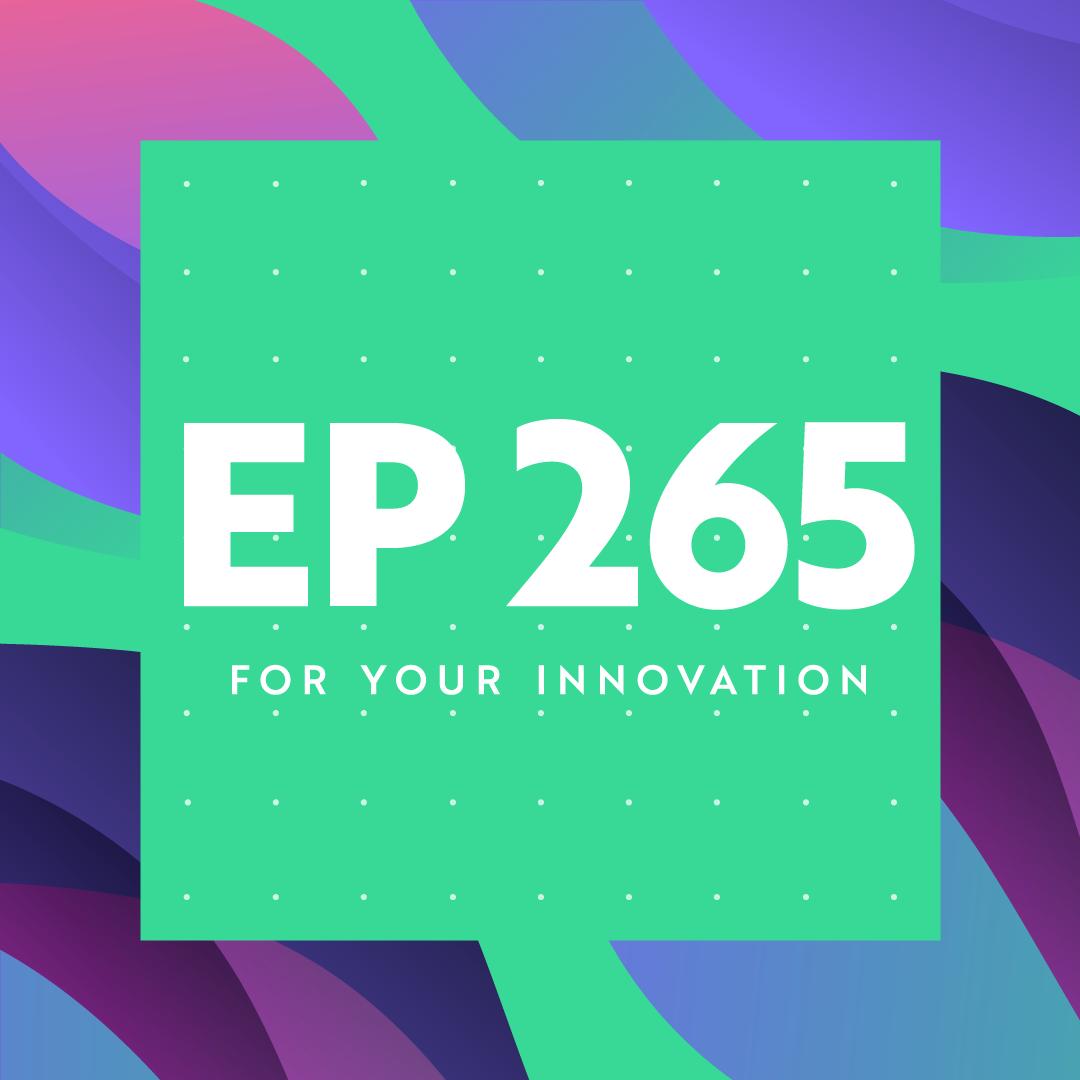
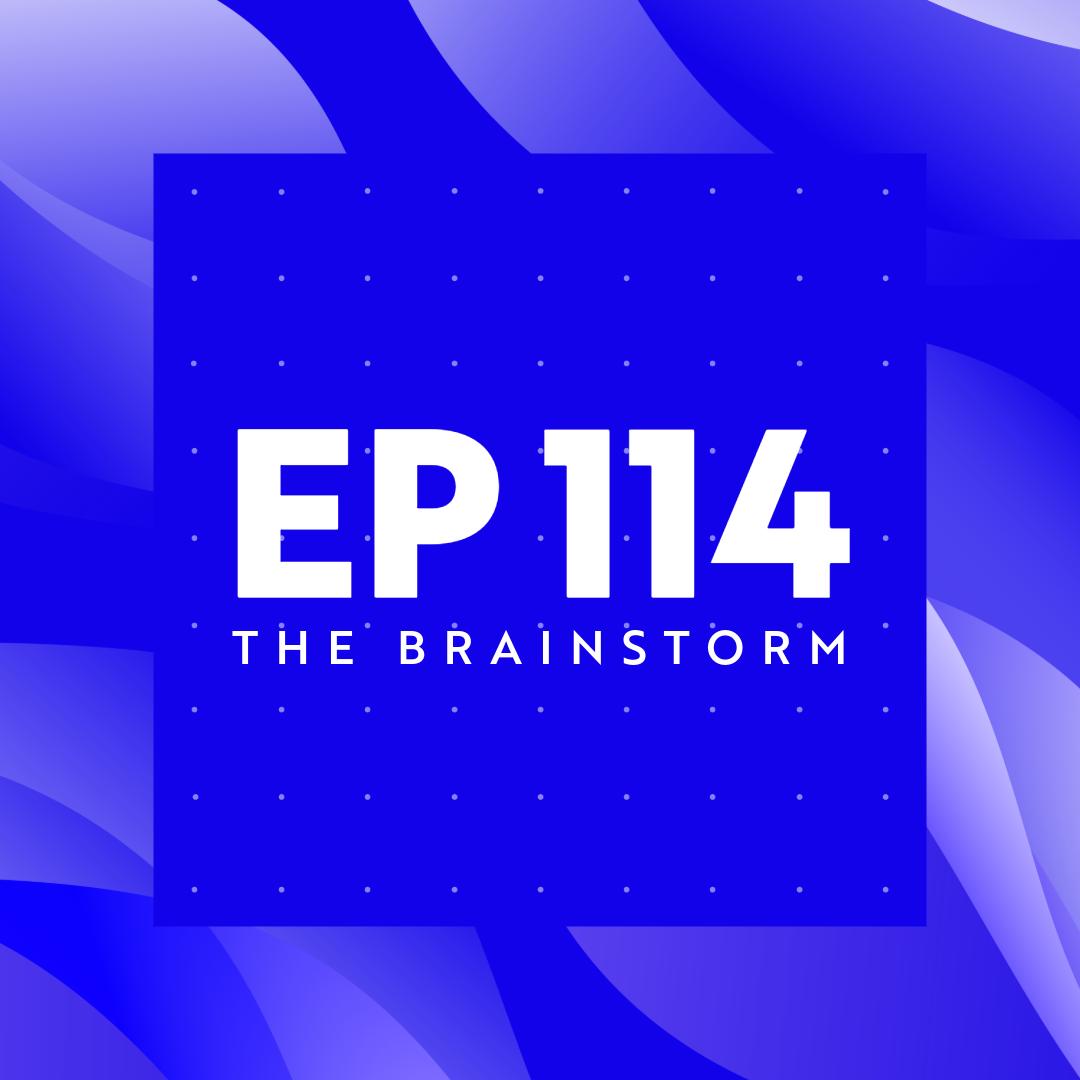
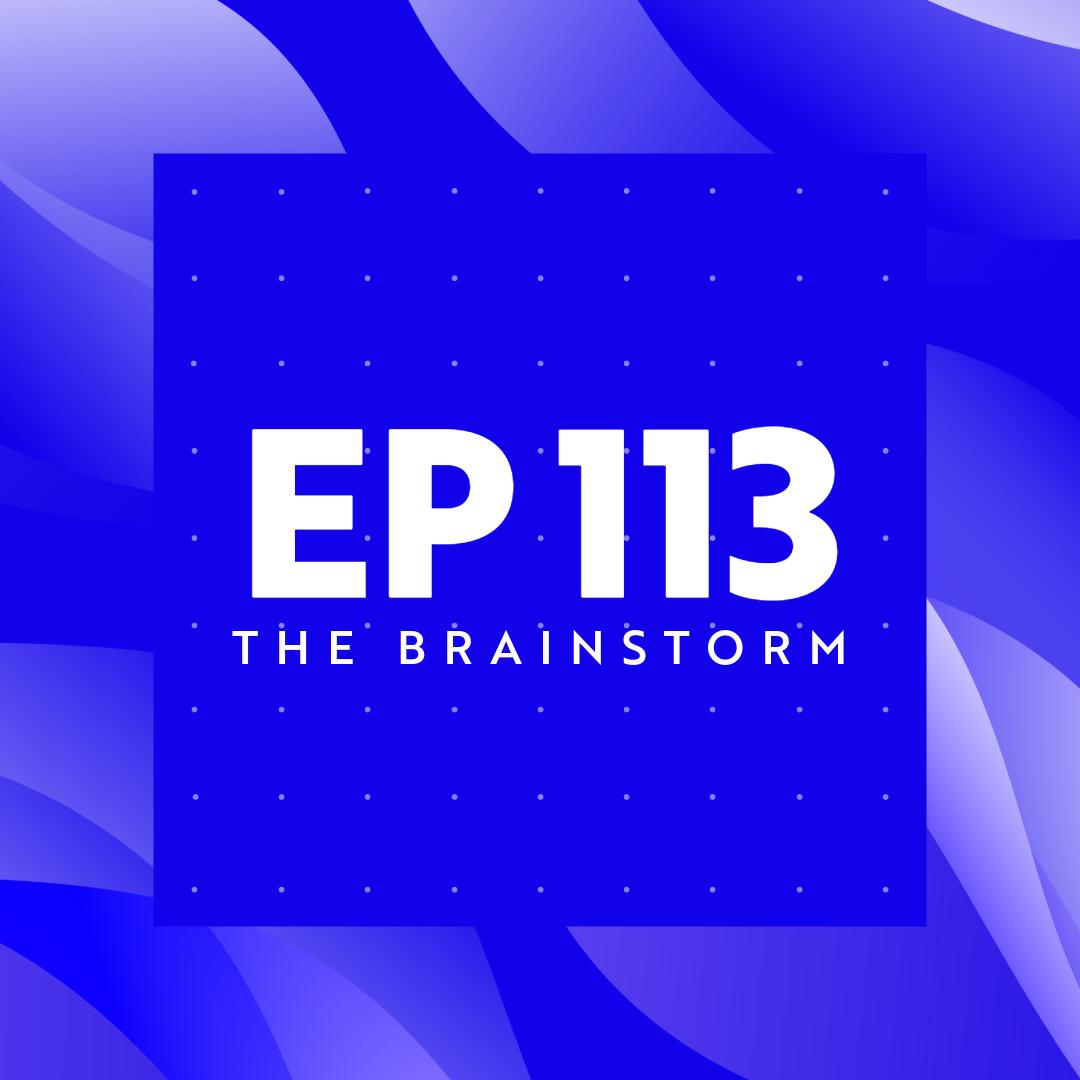
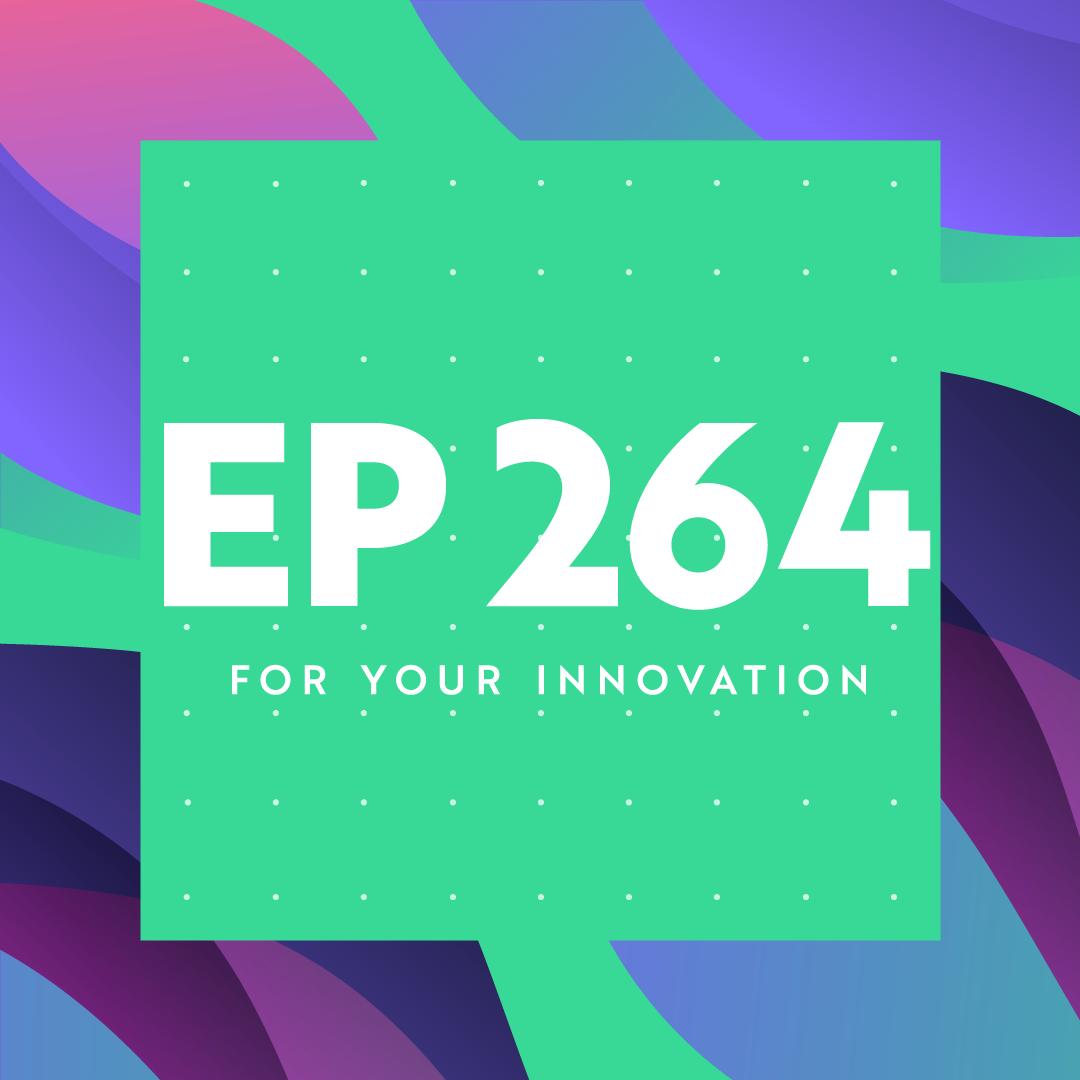
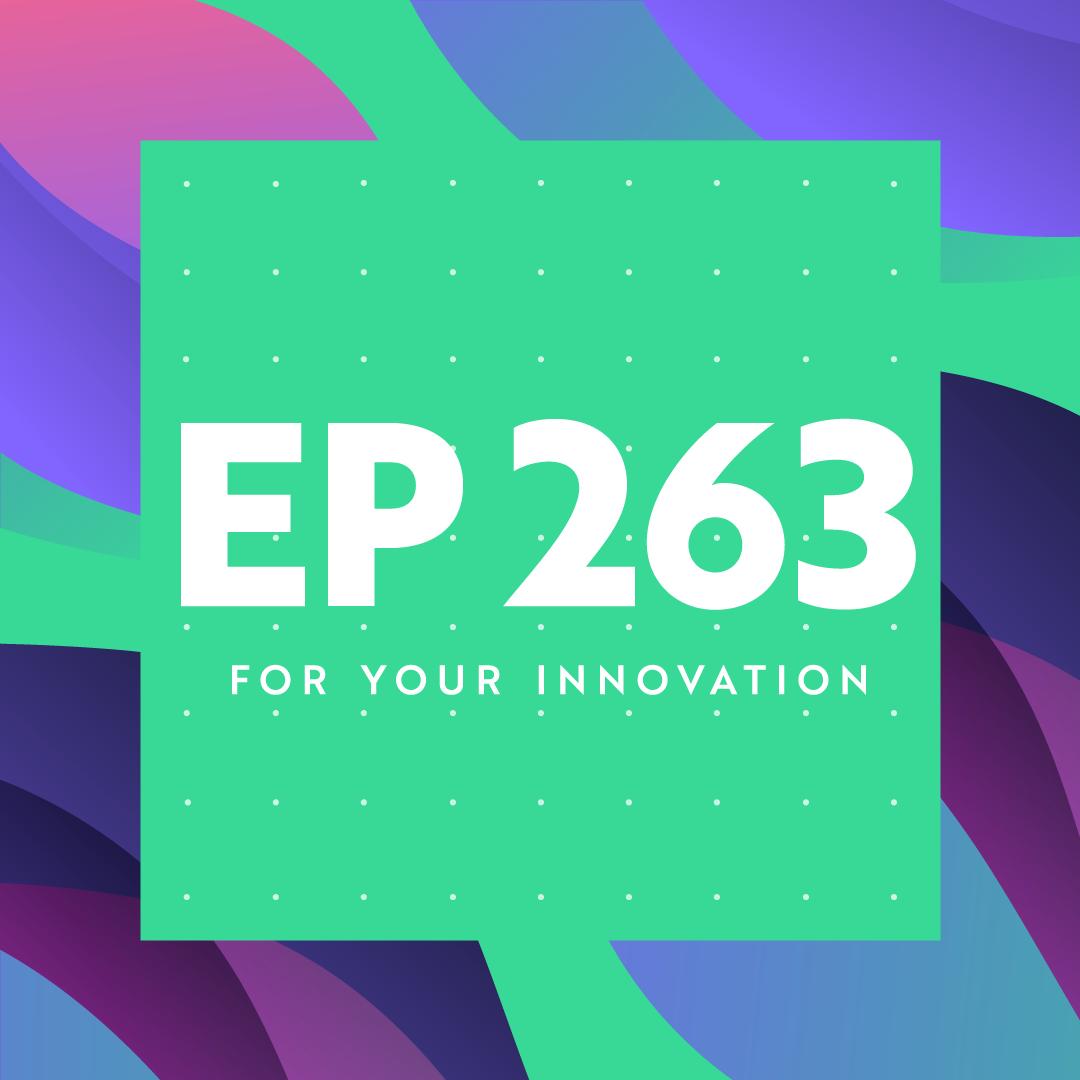
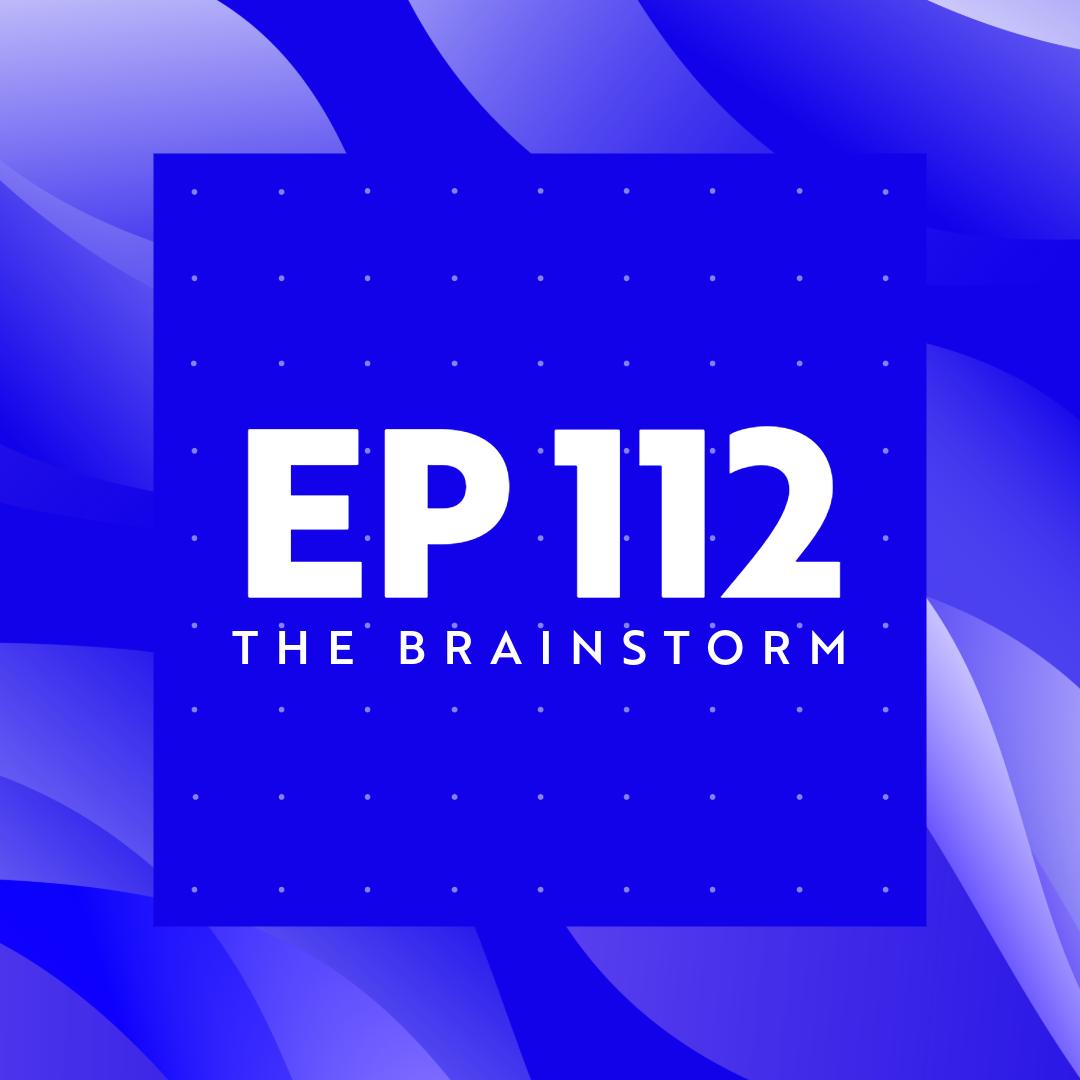
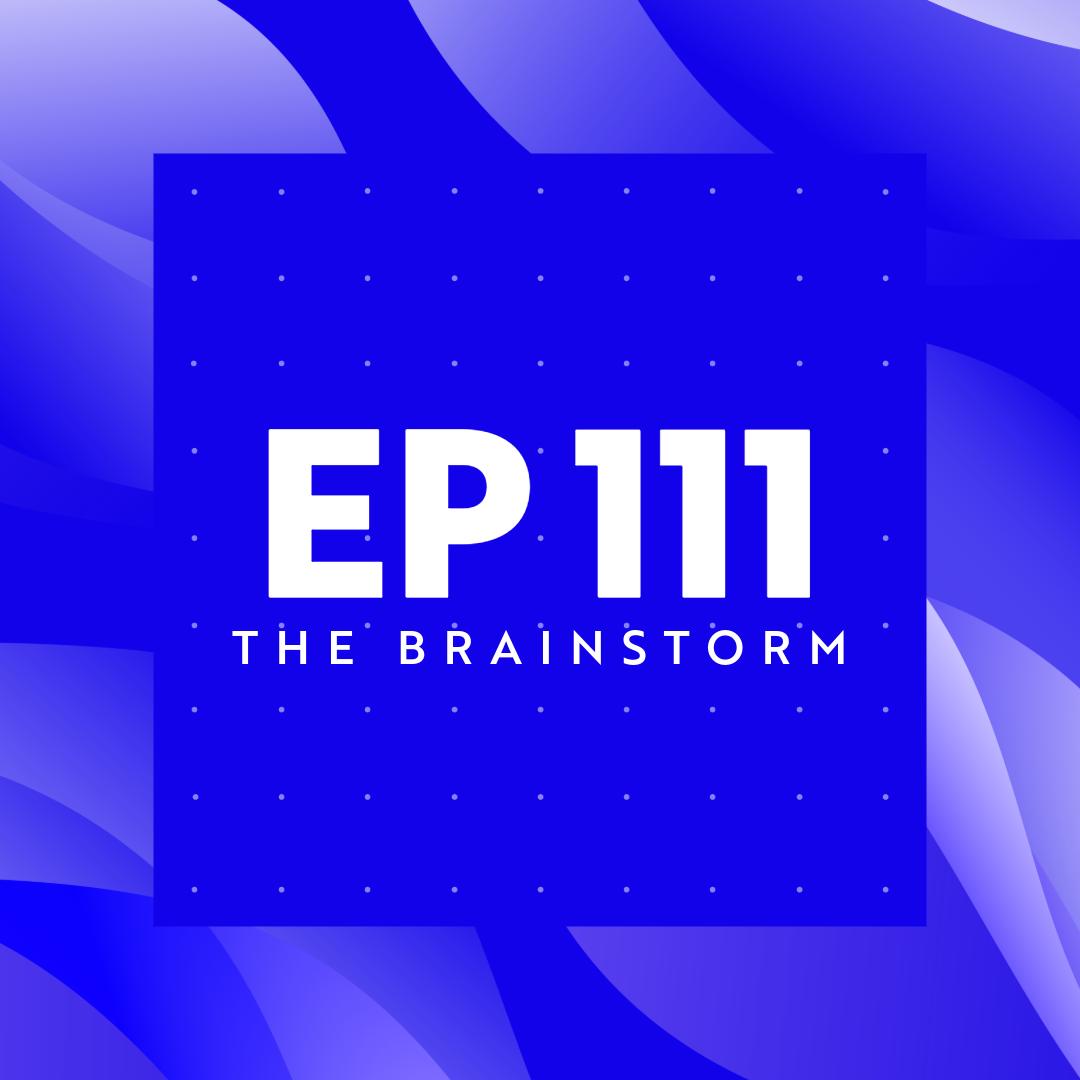
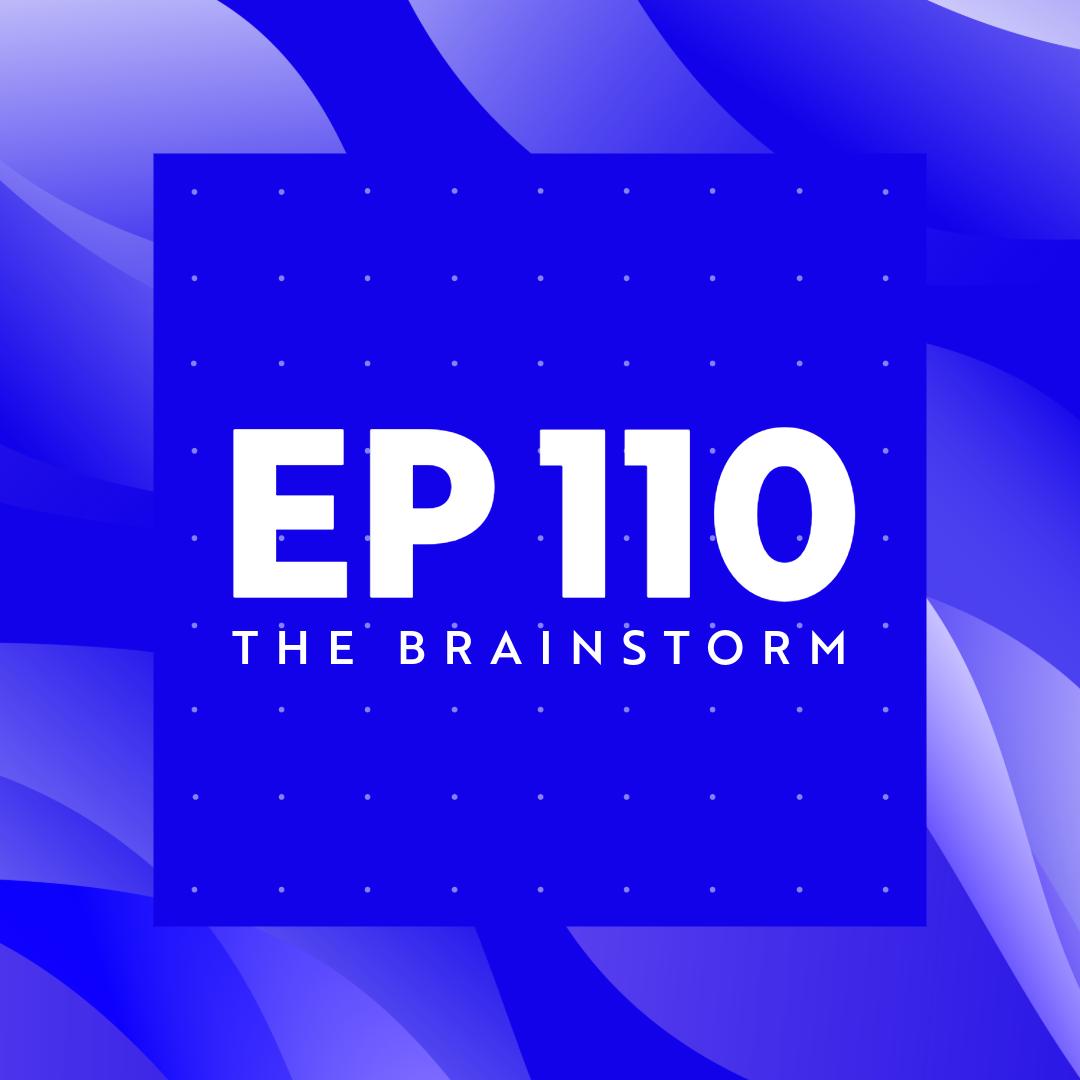
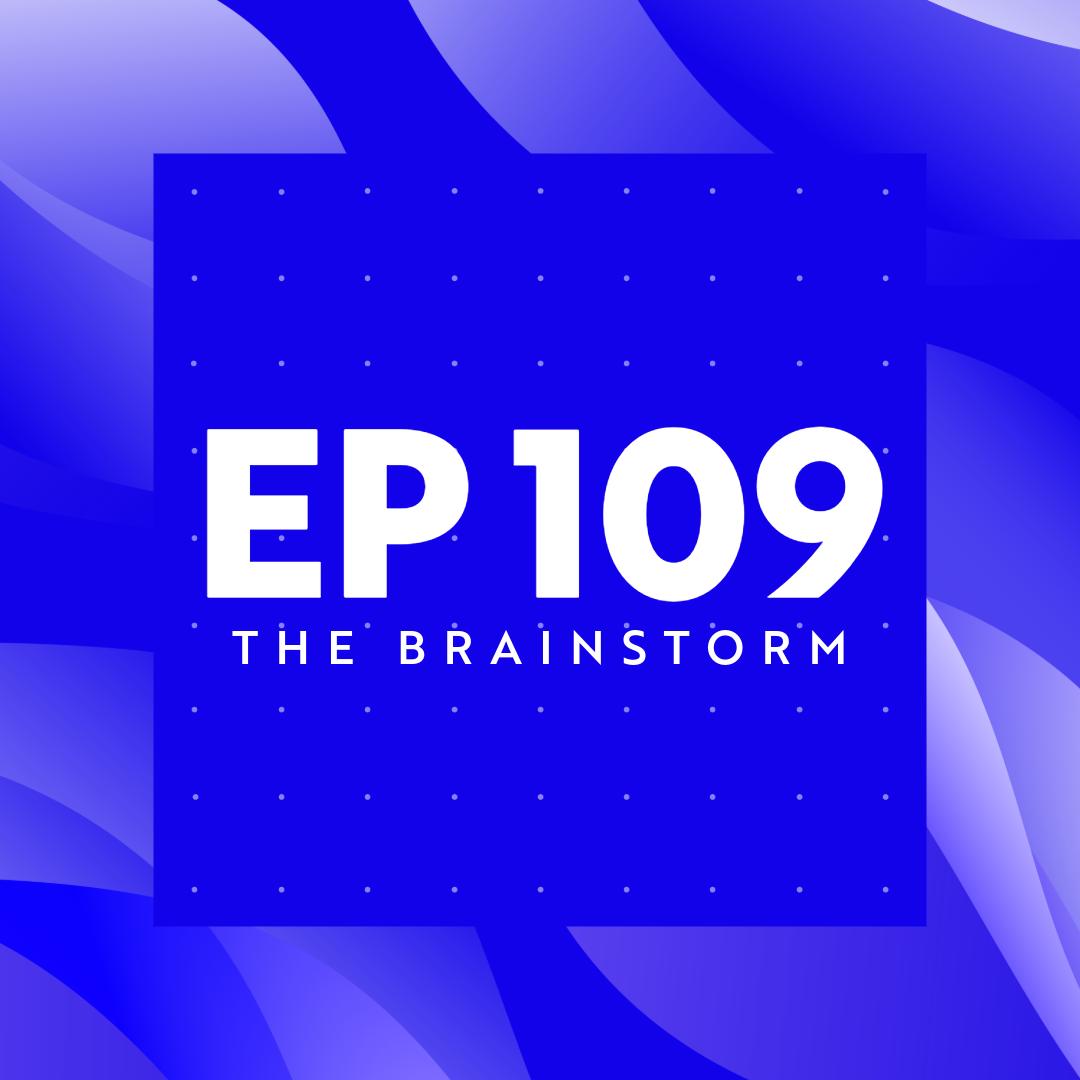
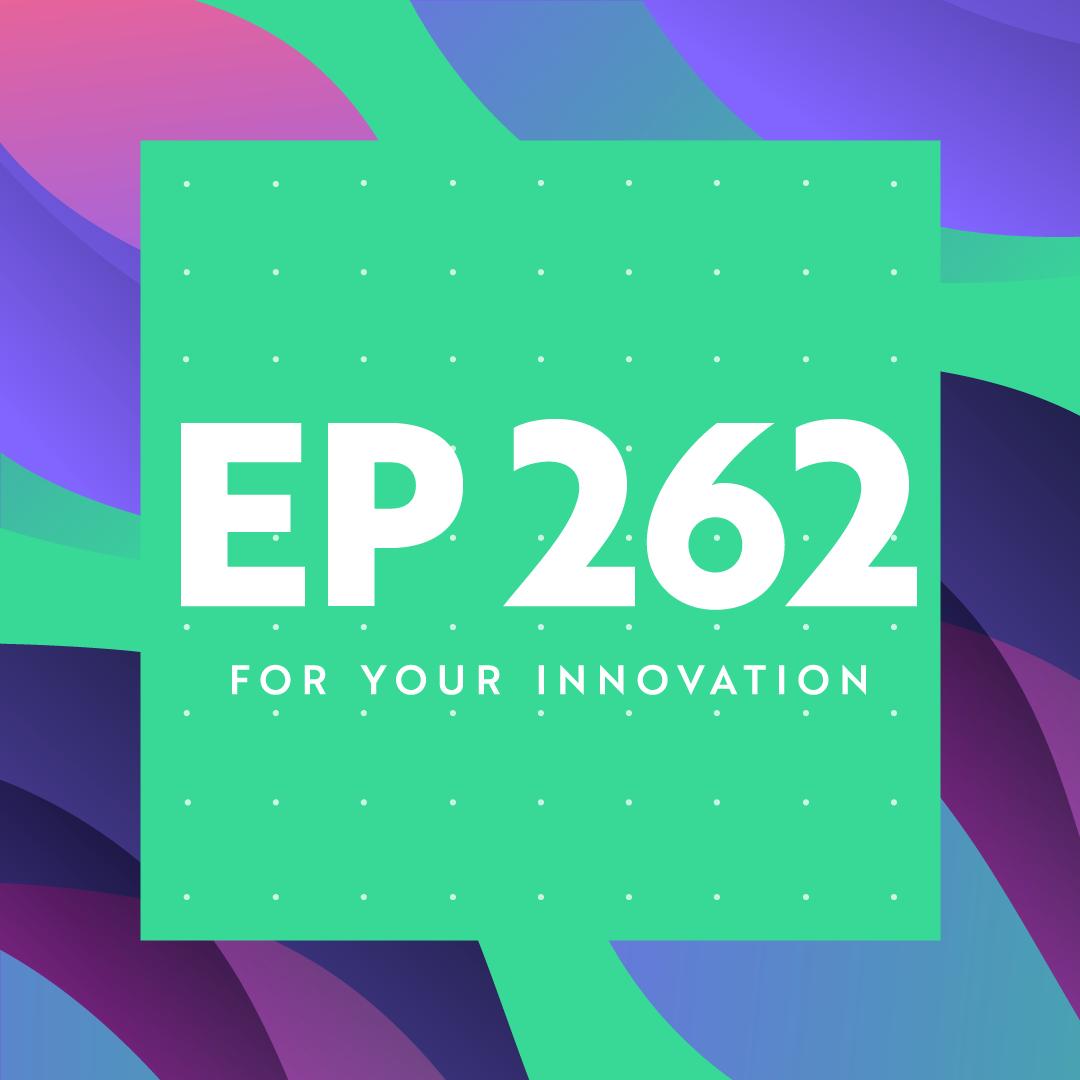
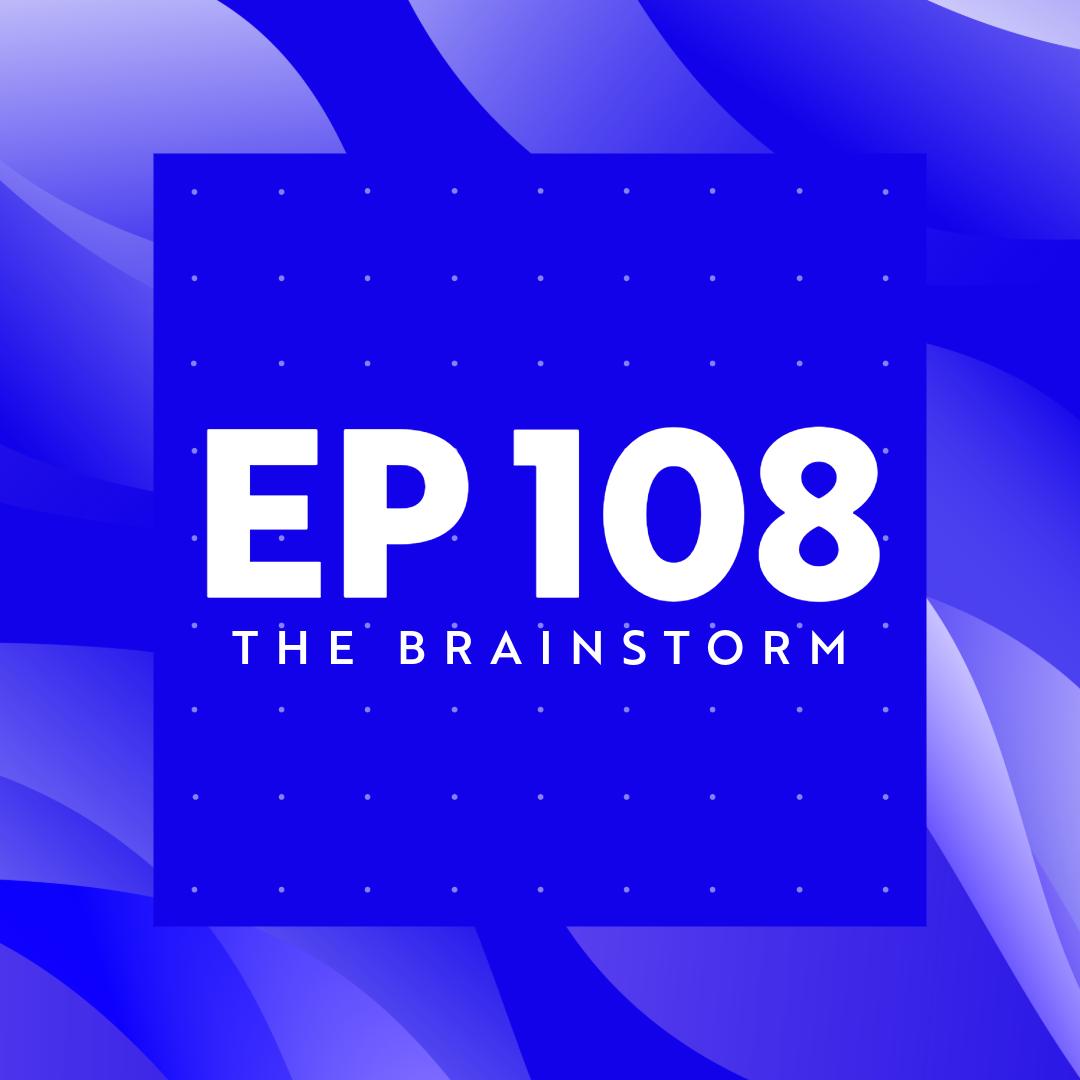
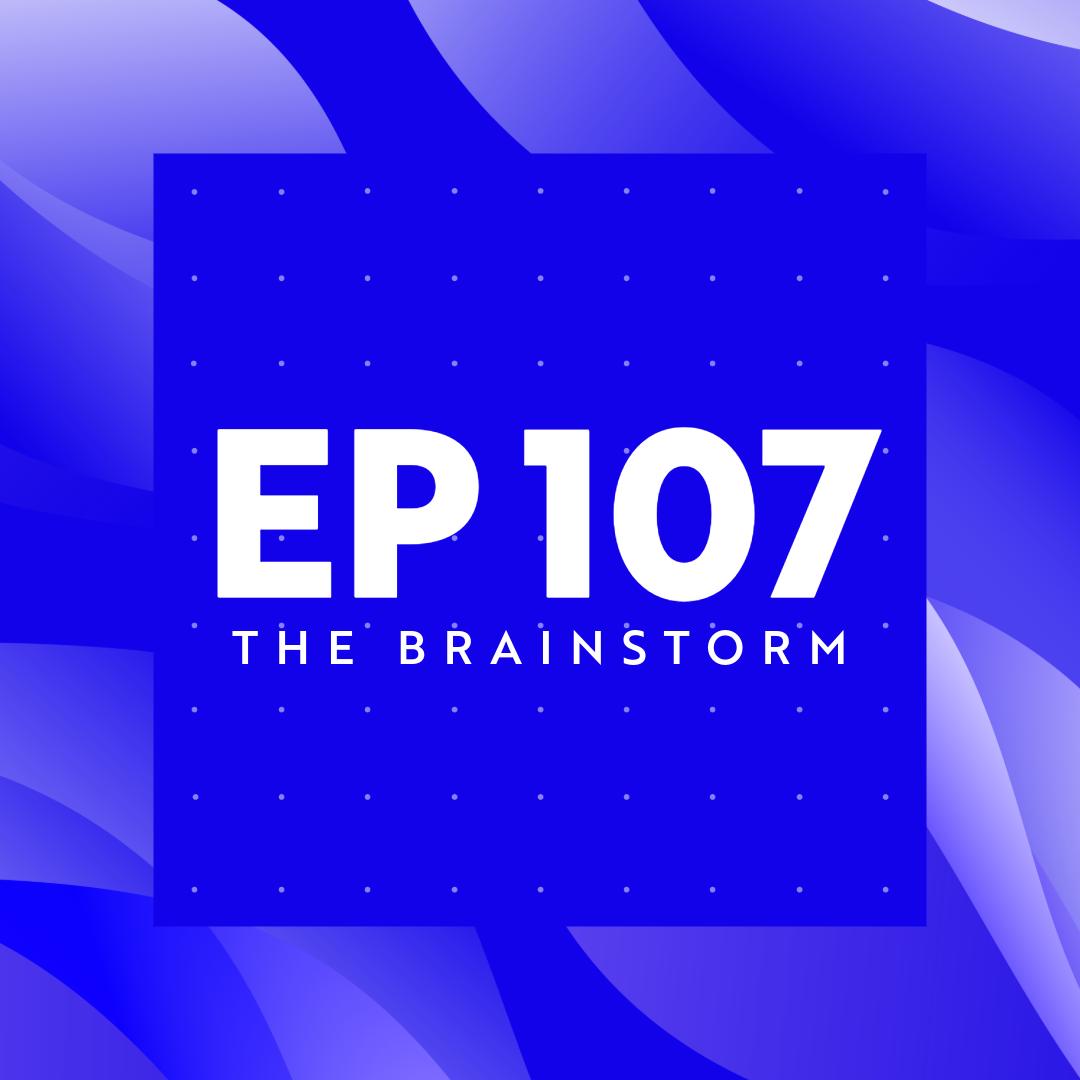
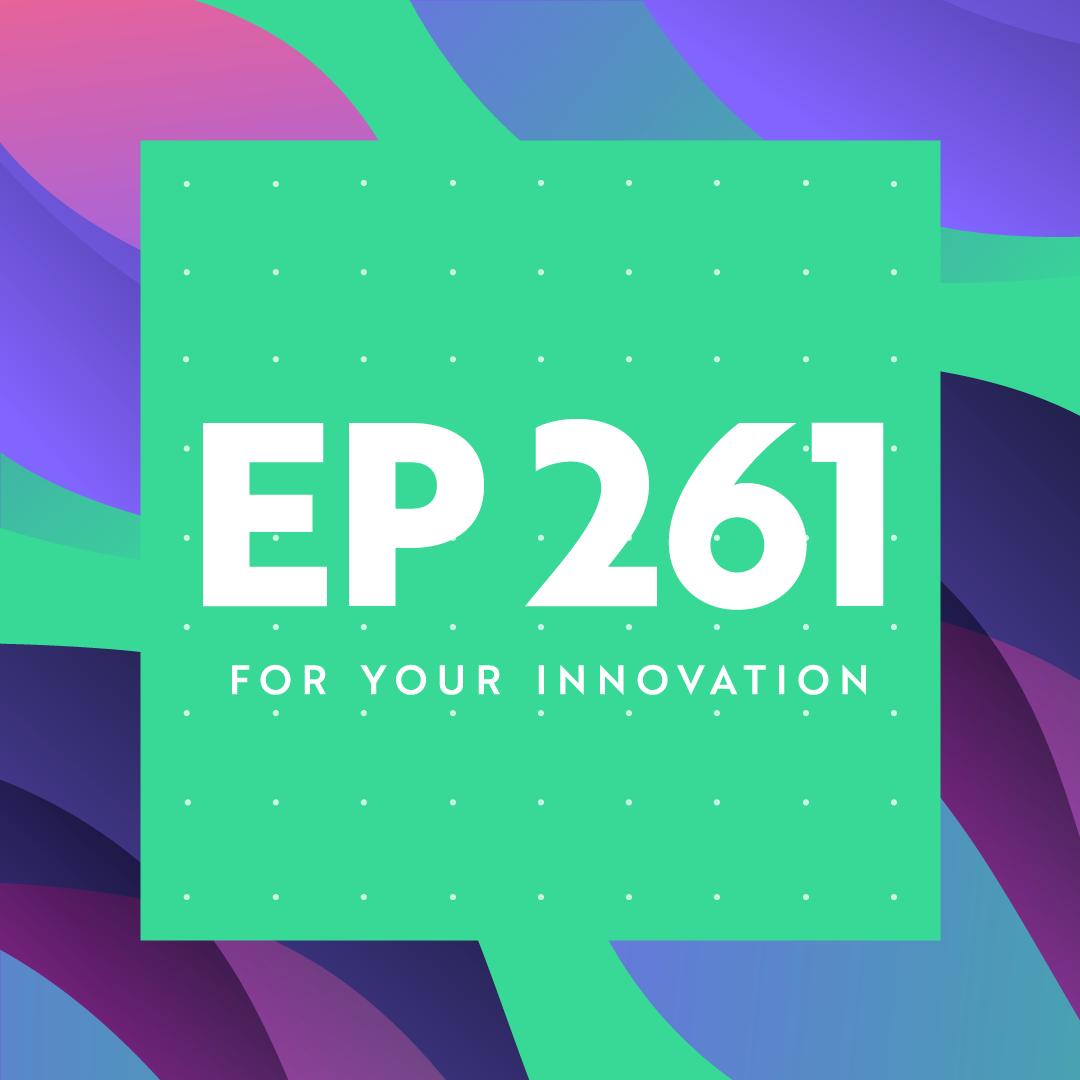
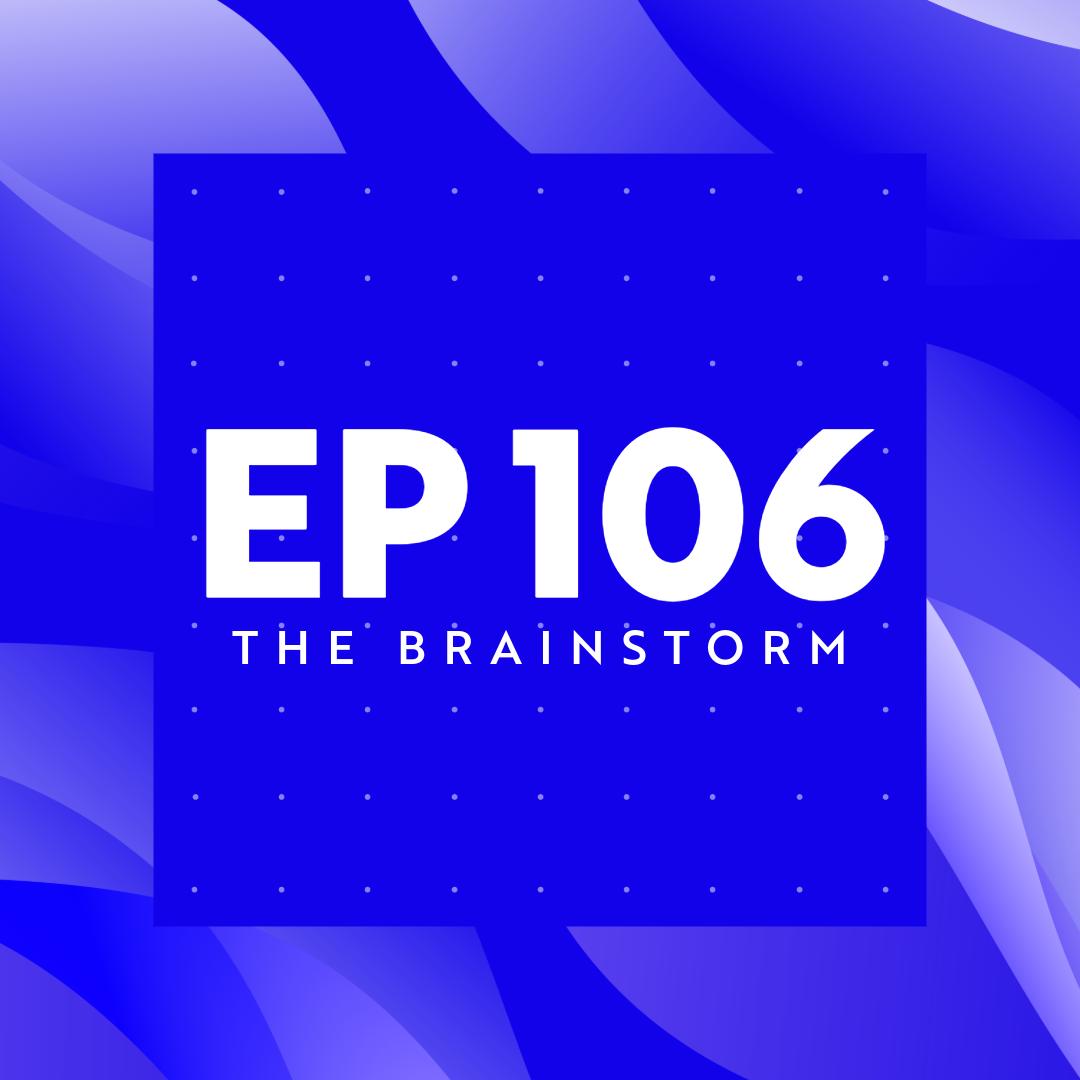
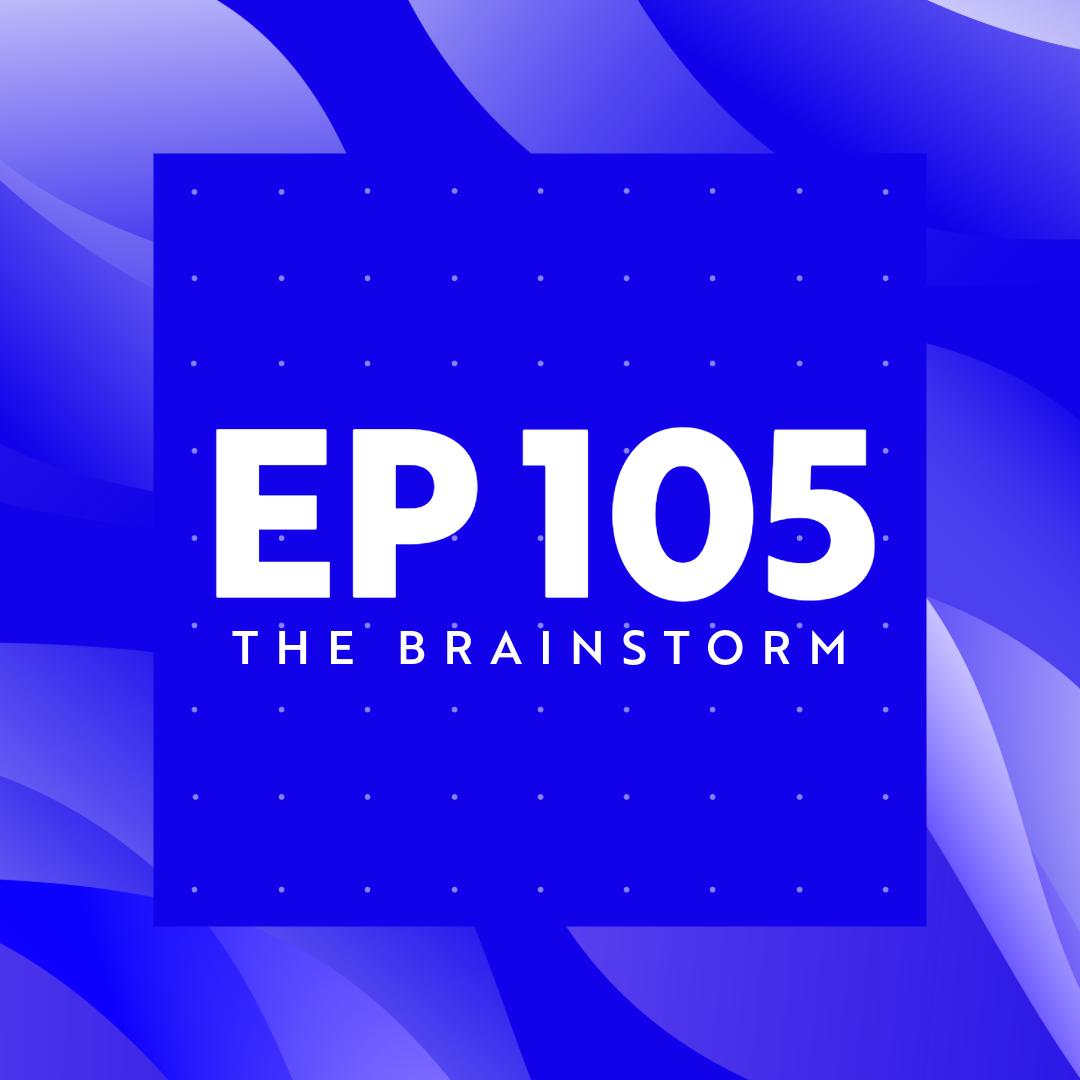
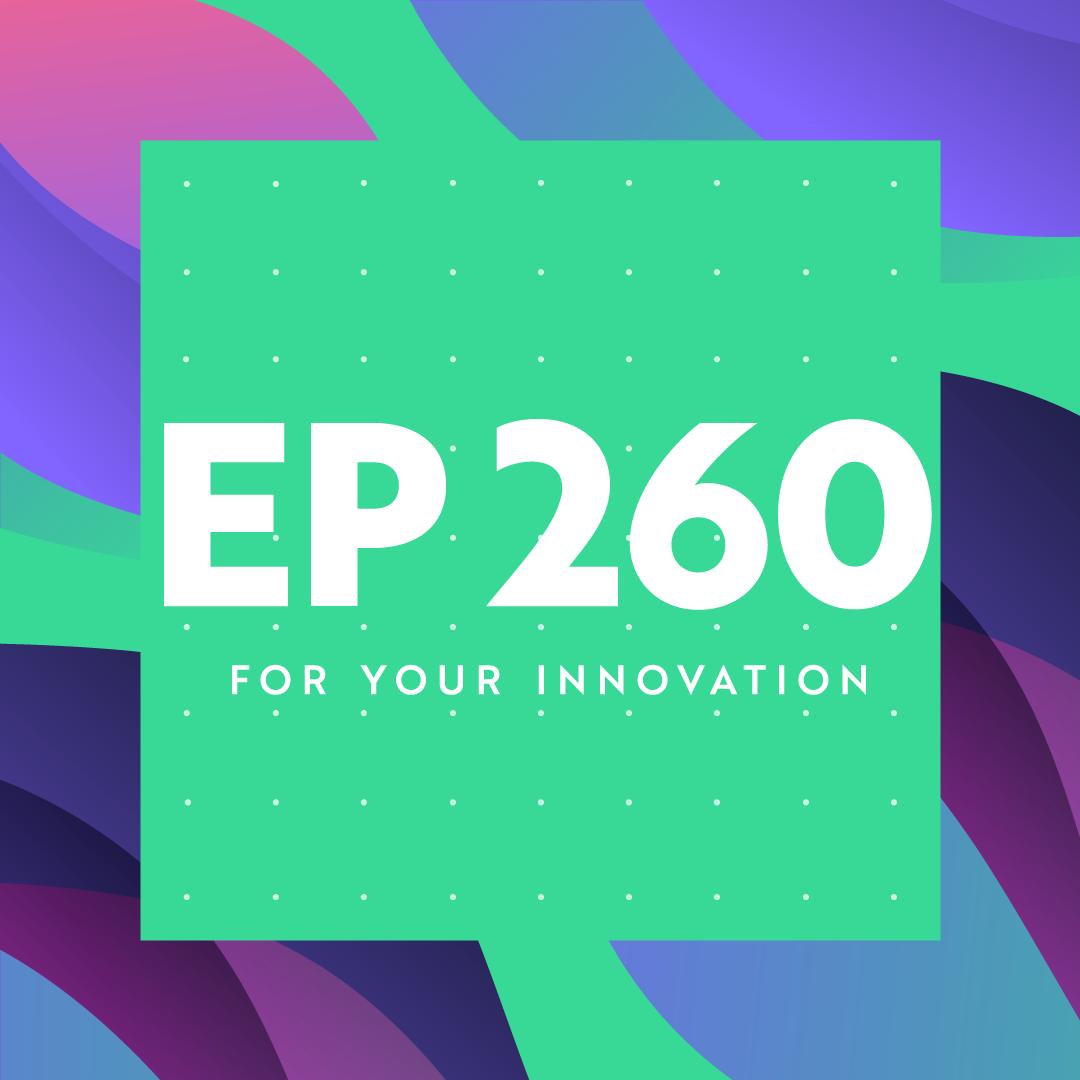
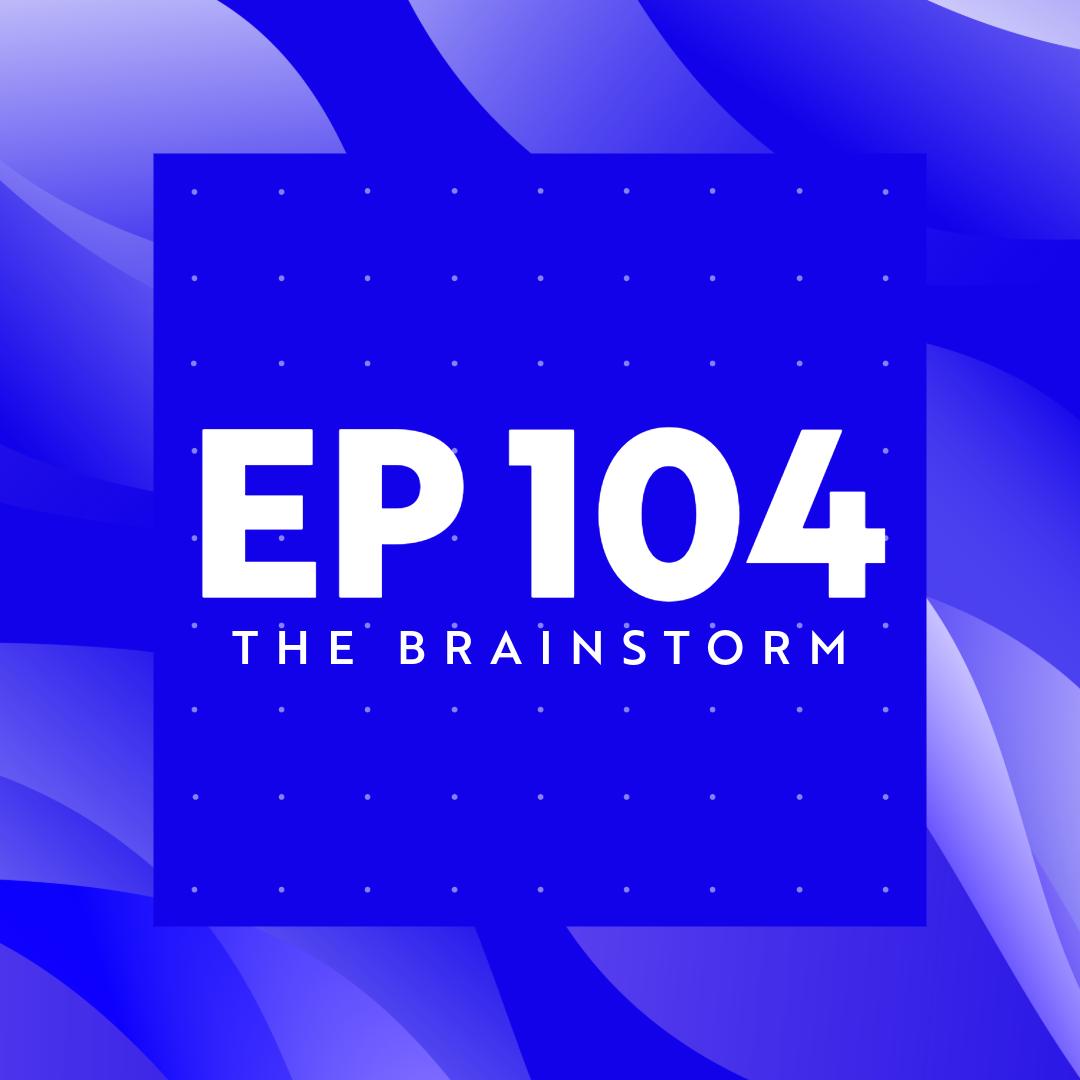
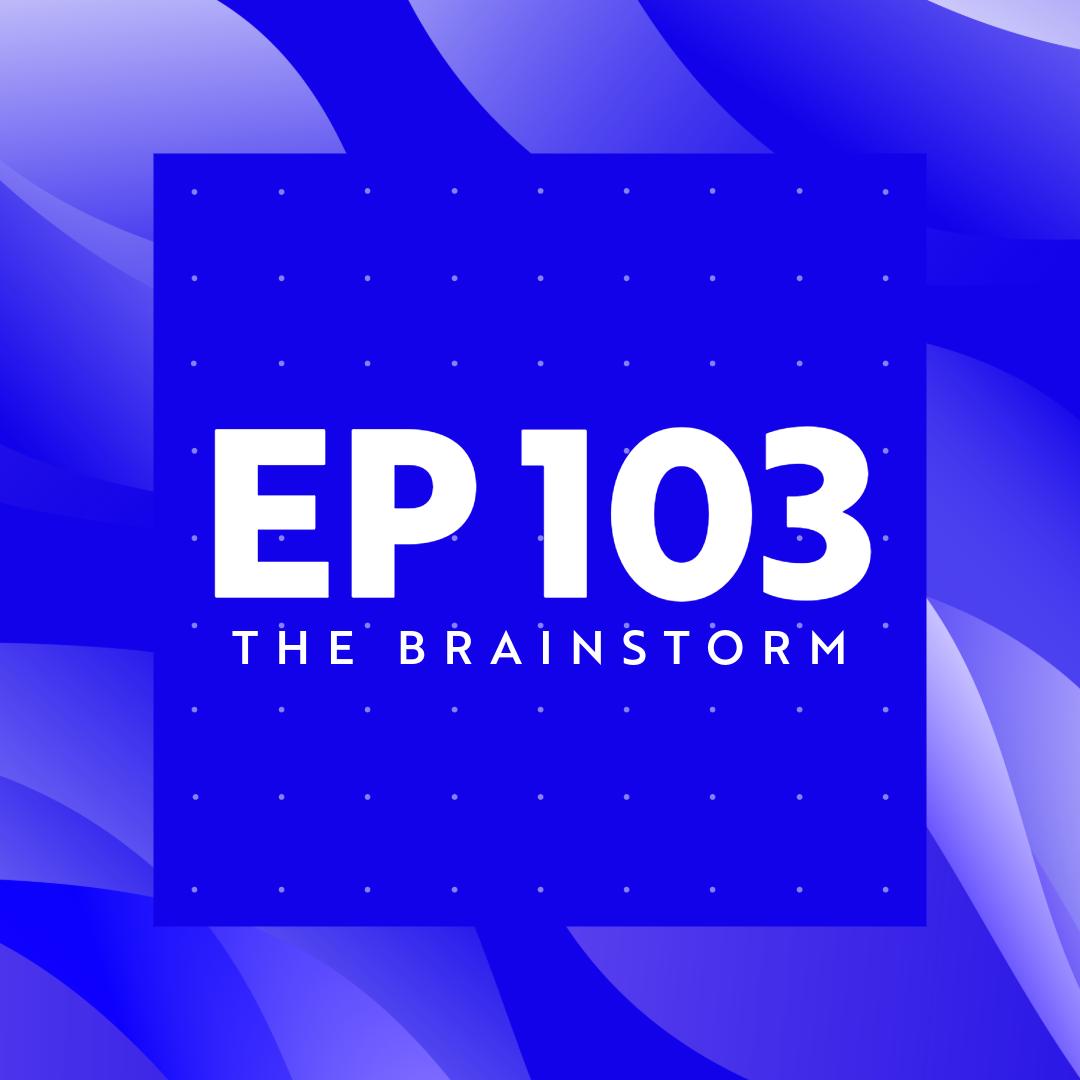
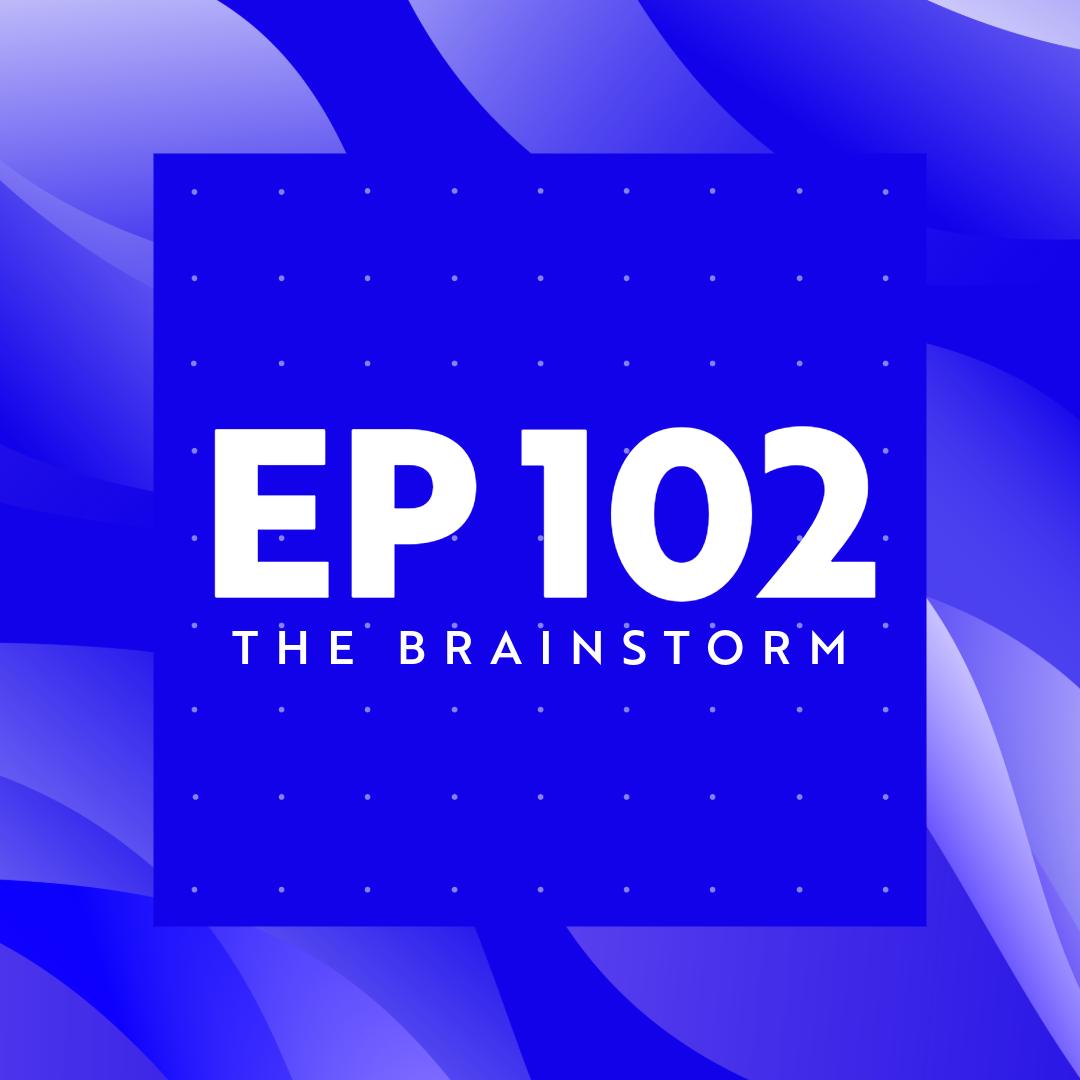
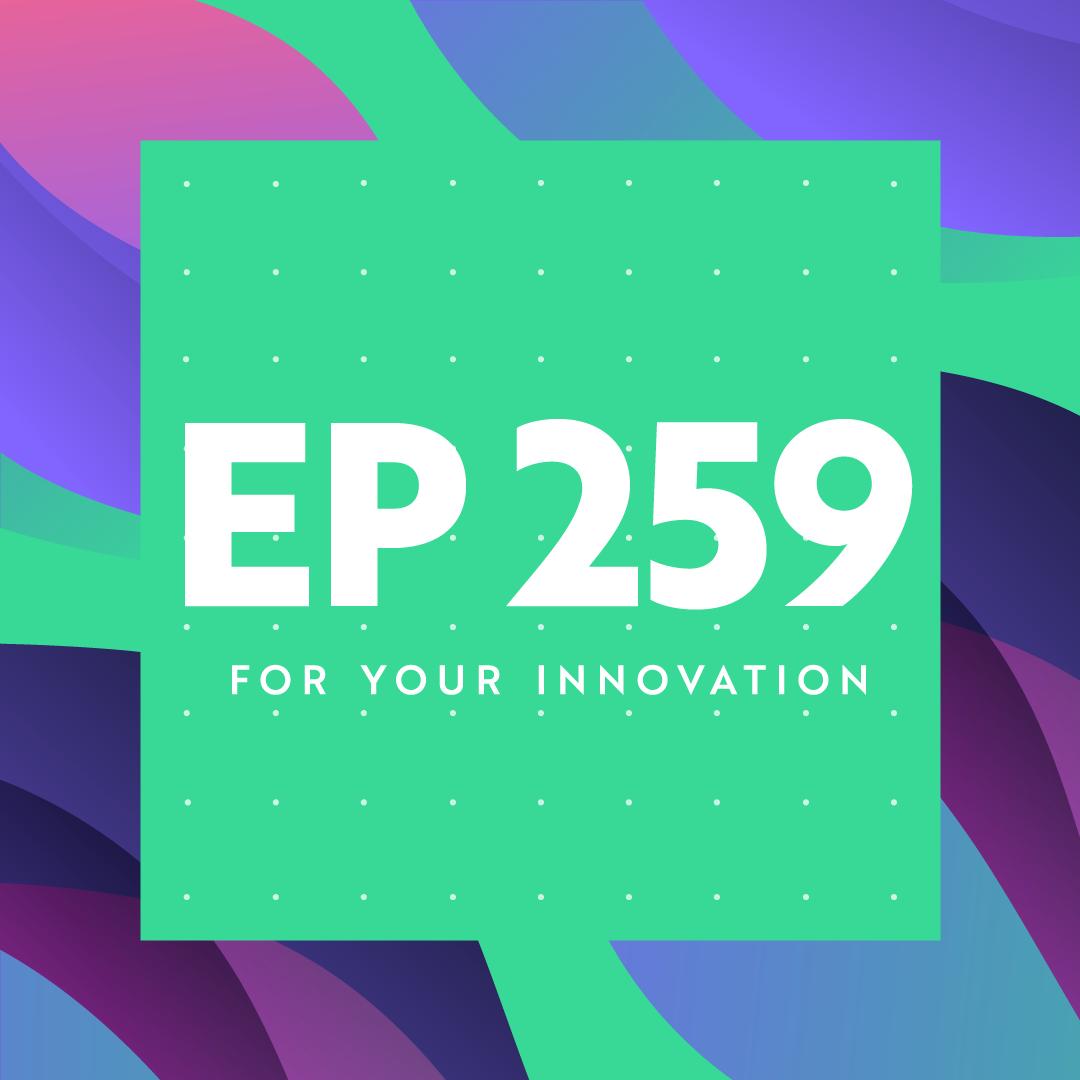



j
I'm a trucker and investor in innovation. I'm the the Co-Founder Truckers For Yang grassroots Super PAC. I'd love to see myself on your podcast and Andrew Yang also.
cool
I love this man. I wish I could have him as my mentor
so sad, another poor woman suffering from vocalfry-itis